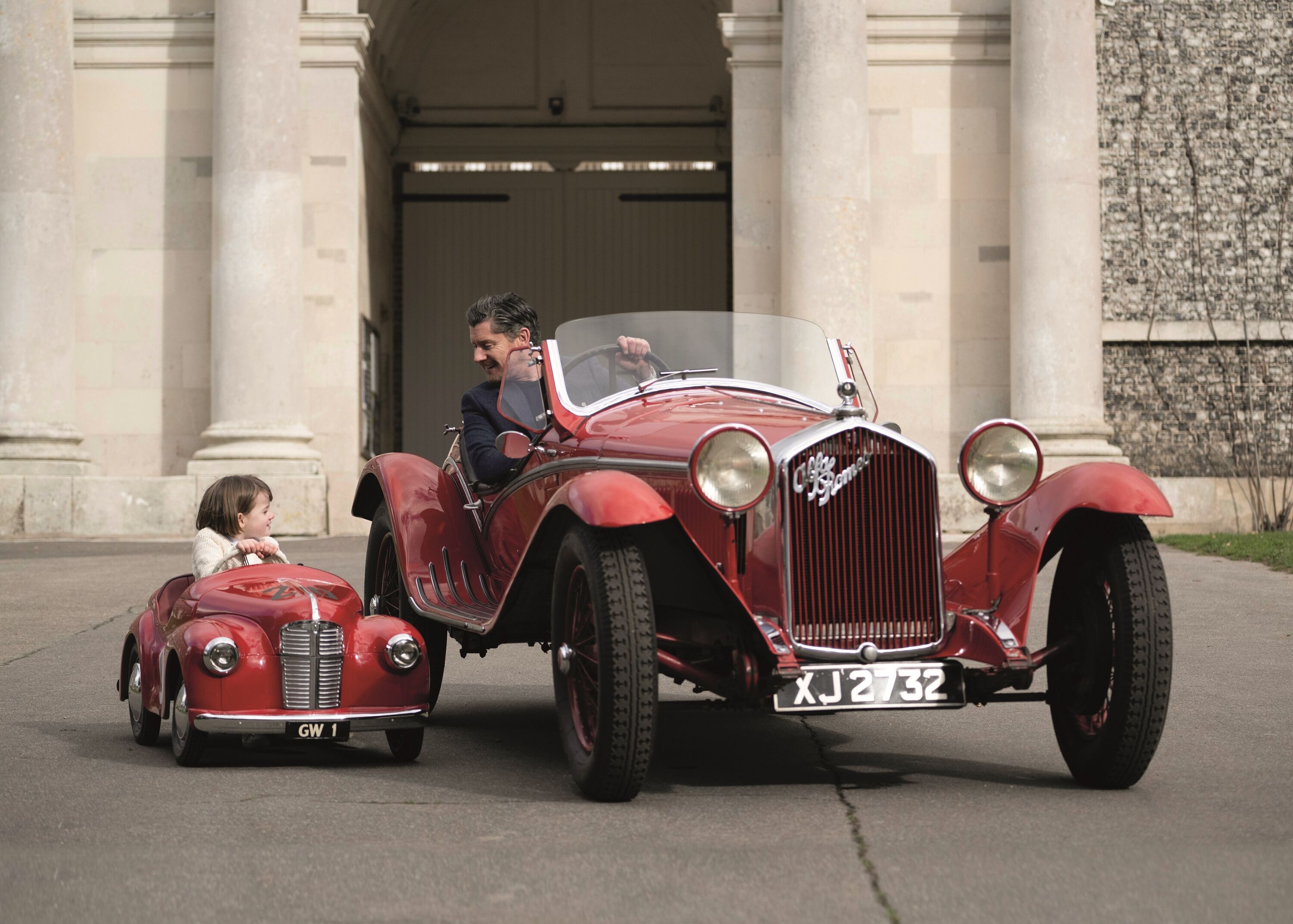More details on Afeela EV revealed at CES
We reported on the Afeela (as yet unnamed) saloon at last year's CES show in Las Vegas, and the company has used this year's event to show us the car in its latest iteration. Afeela is a collaboration between Honda and the electronics maker Sony, christened Sony Honda Mobility.

Blink, and you'll miss them; the latest updates include a new front end with a revised, more production-ready front bumper with a shiny-black valance and a neater lower section with an aero-friendly apron. Visible changes to the side of the car are limited to the old prototype's rear-view cameras, which are substituted for good old-fashioned mirrors (strangely, the interior monitors remain in situ). At the same time, the back bumper gets a light update like the front.
Inside, the infotainment-heavy design and yoke steering wheel remain, but the old car's quarter light windows have made way for a neater single pane of glass. Afeela has also revealed new details on tech, including the car's noise-cancelling sound system, which, if Sony's headphones are anything to go by, should be the best in the business.

And while we're on the subject of Sony specialities, it'll also be possible to drive your Afeela remotely using your Playstation 5 controller, as company boss Izumi Kawanishi demonstrated at this year's event. The car will also feature on Gran Turismo 7. The gaming connections don't stop there because the car's augmented reality is Epic Games (makers of online game Fortnight) Unreal Engine 5.3, so you can expect it to be one of the most immersive we've experienced.
Microsoft is another big name present on the credits for the Afeela saloon. Microsoft's Azure OpenAI Service will power a conversational AI assistant that should operate more smoothly than the voice activation in rivals.

Revealed as the star of this year’s Consumer Electronics Show (CES) in Las Vegas, the prototype itself does not have a name. But we do now have a moniker for the new car brand established by the Sony Honda Mobility joint venture: Afeela.
While that might sound like a branded constipation medicine, Sony says that the name represents “feel”, which it says is at the “centre of the mobility experience". That’s more or less some trademark ‘EV disruptor’ hot air, but the car is very much the real deal, or at least, close to what the production model will be like three years from now.
Squint a little bit and the Afeela looks an awful lot like the Ioniq 6. Perhaps that’s not surprising, given that the increased importance of aerodynamic proficiency placed upon battery-powered vehicles means that EV design consensus is forming around sleek saloons with short dash-to-axle ratios and fastback style rear ends, cutting through the air as cleanly as possible while creating as much interior space as can be extracted from the three-metre wheelbase. The Afeela prototype measures 4.9 metres long, so it’s actually a little longer than the Ioniq 6, but shorter than the Mercedes EQE and the Tesla Model S.

For now, the main technical details remain under wraps. There’s nothing on the platform, batteries or motors just yet, only that the Afeela will be four-wheel-drive and make use of double-wishbone suspension at the front, and a multi-link setup at the rear.
Instead, the prototype flexes the kind of personal-technology-inspired features you might expect of a car partly developed by one of the world’s largest manufacturers of gaming consoles, digital cameras, Hi-Fi and audio systems, televisions and the like.
The exterior of the car features what Sony and Honda call the “Media Bar” – an exterior lighting system across the nose of the car that broadcasts information such as charge status, the weather, and digital artwork, as well as a computerised version of the Afeela badge. However, entering the car reveals a gluttony of display technology.
The dashboard consists of an end-to-end display bookended by screens displaying the view from the two rear-view side cameras, while a Tesla-like yoke multifunction steering wheel appears along with a slim run of climate control switchgear. Drive is selected via a stalk behind the steering yoke, while the centre armrest features a rotary controller not too dissimilar to BMW’s trademark iDrive input method.
Two of the three rear passengers are treated to huge displays in the rear, wrapping up the interior hardware. The Afeela will use these interfaces to expand into an “entertainment and emotional” space. That sounds vague, but Sony Honda Mobility’s suggestion of a tie-up with Epic Games, using the game-developer’s Unreal Engine that powers many huge gaming franchises, suggests that a sprinkle of Sony’s PlayStation know-how is coming to the car.
The computing power backing the ‘Digital Chassis’ is capable of performing 800 trillion operations per second. So alongside the as-yet undisclosed powertrain, augmented reality navigation and the entertainment that has been teased, it will take charge of a suite of 45 sensors and cameras integrated with Honda’s driver assistance and safety systems for level three autonomy. That means the car can drive itself under the proviso of supervision and human intervention if required.
Keep reading for everything that was revealed about the car at last year's event, including more details on its underpinnings and chassis tech, as well as pictures of the car in its previous iteration.
Sony
Honda
Electric
EV
CES
Electric Avenue







